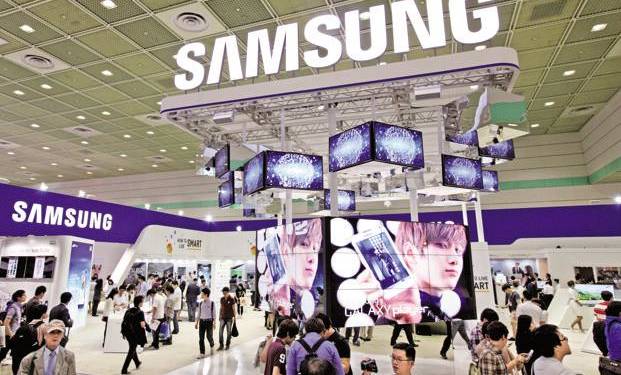South Korean giant, Samsung, the largest Smartphone manufacturer in the world, has ended its phone production facility in China. The company shall now expand its manufacturing base in India to compensate for the Chinese manufacturing unit. This is big blow to Chinese manufacturing, which is already suffering from flight of global companies.
“The production equipment will be re-allocated to other global manufacturing sites, depending on our global production strategy based on market needs,” said the press release by South Korean technology major.
The Huizhou plant, based in Guangdong Province, built in 1992, employed more than 6,000 workers. In its two and a half decades’ long journey, the factory played an important role in Samsung’s operations in China. In 2017, 6.3 crore smartphones were produced in the factory.
In the last few years, the Smartphone manufacturers are relocating the manufacturing from China to South and Southeast Asia. The rise in land and labor cost and saturation in domestic Chinese market are reasons behind China losing on the Smartphone manufacturing front. “In China, people buy low-priced smartphones from domestic brands and high-end phones from Apple or Huawei. Samsung has little hope there to revive its share,” said Park Sung-soon, an analyst at Cape Investment & Securities.
The Smartphone manufacturing giants, including the Chinese majors like Vivo, Oppo have expanded their manufacturing facilities in India in last few years. India has overtaken the United States of America to become the 2nd largest manufacturer of Smartphone in the world in 2017. In 2014, there were only 2 manufacturing units in India but since the launch of ‘Made in India’ which propelled the scene in an impressive manner, the number has increased to 123 units in 2017.
Samsung owns the biggest market share in terms of mobile manufacturing and it has opened its largest manufacturing facility in the outskirts of the national capital region with the surging demand for smartphones in India. Prime Minister Narendra Modi has inaugurated the world’s largest mobile factory in Noida which will double the production capacity to 120 million in 2020 with an aim to export in the Middle East and African region. Samsung had announced an investment of INR 4,915 crore for the facility in Noida. The sheer focus of Make in India is to bring investment and create Jobs for youth in India. In this plant, 2000 new jobs will be created said Samsung India CEO HC Hong.
The reason behind companies moving manufacturing from China to India is that the rising per capita income and prosperity in China has increased very rapidly. Companies, including Chinese companies find it more efficient to manufacture in India. Foxconn, the Taiwanese manufacturing giant has also signed an agreement with the state government of Maharashtra, Uttar Pradesh, and Haryana to invest five billion dollars. Acer’s spin-off manufacturing arm Wistron announced agreements with Indian government officials to rent land for local production purposes.
The Electronic manufacturer, Samsung, Toshiba, Panasonic, and Sony are considering cuts in their investment in China and set up factories in India. So the woes of Chinese manufacturing is not limited to Smartphone companies, it is widespread across all the sectors. As Trump’s ‘Made in America’ rhetoric translates into action, further woes to manufacturing in China is expected. But one thing Indian government should keep in mind that it has to focus more on land and labor reforms if it wants to take advantage of the big manufacturing move over from China.
India has very strong ecosystem for software front but hardware industry is still in nascent stage. As per National Policy on Electronics-2018, electronics manufacturing clusters will be promoted by the government and will help the country to grow on the hardware front. Once the presence in hardware front like semiconductors and mobile phones becomes strong, the software presence and hardware presence could be integrated to develop a whole new range of products for the country and for exports. Once we have the capability in software as well as hardware, an ecosystem of integration will generate, driven by innovation the entire consumer electronics industry will flourish.


































